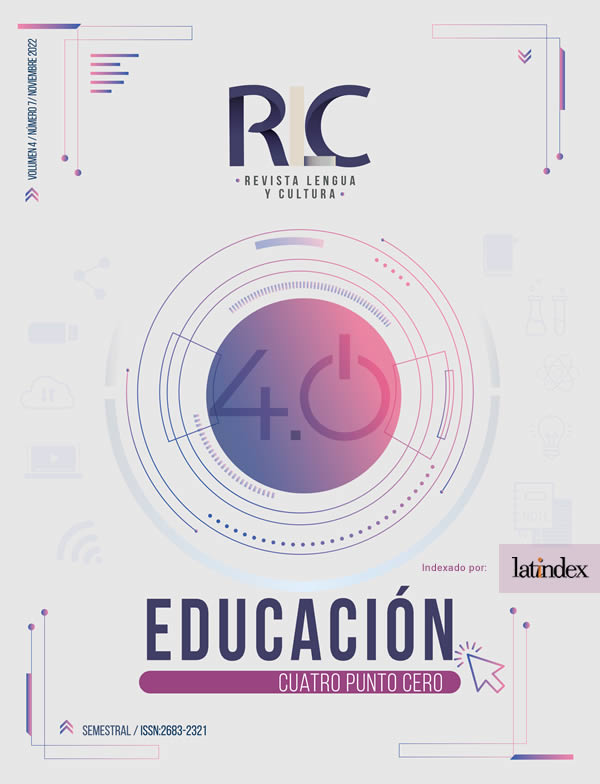Building rapport as a technique to motivate a young incarcerated to learn English
Abstract
Teaching prison inmates may seem very difficult as the context is quite unfamiliar to the majority of English as a foreign language teachers. There are even prejudices that can blind us. Being able to motivate this particular type of student to learn the language is, however, also part of our job and duty as educators. This study aims to analyse if building rapport with prisoners actually increases the motivation we try to encourage. It also aims to identify techniques that may be helpful for achieving the desired response from this type of student. In addition, I hope this work will motivate many other teachers to lose their fear of teaching a language beyond already familiar contexts, to dare to practice in contexts where prejudices abound. The data comprises 13 reflections, written after sixteen sessions. These were analysed for themes, and these were the grouped and coded under different labels or categories. The results suggest that establishing and building rapport with students whose learning and living context is a jail, can help to increase their attention and desire to learn more, and also to promote their active participation regarding to planning their learning.
Downloads
Literaturhinweise
Alizadeh, M. (2016). The impact of motivation on English language learning. Retrieved from http://ijreeonline.com/article-1-23-en.pdf
Azaola, E. (2007). Las condiciones de vida en las cárceles mexicanas. Revista Mexicana de Ciencias Políticas y Sociales, 49(200), 87-97
Azaola, E. (2015). Diagnóstico de las y los adolescentes que cometen delitos graves en México. Retrieved from https://www.unicef.org/mexico/spanish/Diagnostico_adolescentes_web.pdf
Azaola,E.: Youth incarceration in Mexico [Brochure]. (2014). Retrieved from https://www.wilsoncenter.org/sites/default/files/Youth_Incarceration_in_Mexico.pdf
Brown, H. D. (2001). Teaching by principles: An interactive approach to language pedagogy. (2nd ed.). NY: Longman.
Creswell, J. W. (2014). Research design: qualitative, quantitative, and mixed methods approaches. (4th ed.). Thousand Oaks, California: SAGE Publications.
Harmer, J. (2007). The practice of English language teaching. (4th ed.). England: Longman.
Liga Mexicana por la Defensa de los Derechos Humanos. (2015). Prison population. Retrieved from: https://www.prison-insider.com/countryprofile/prisonsofmexico?s=la-population-carcerale#la-population-carcerale
México Evalúa. (2013). La cárcel en México: ¿para qué? Retrieved from https://www.mexicoevalua.org/wp-content/uploads/2016/05/MEX-EVA_INDX-CARCEL-MEXICO_10142013.pdf
Nunan, D. (1991). Language Teaching Methodology: A text book for teachers. Prentice-hall international edition
Palacios, E. (2015, November 26). Behind bars: The firms offering hope to Mexican prisoners. BBC News. Retrieved from https://www.bbc.com/news/business-34897955
Theron, P.M. (2015). Coding and data analysis during qualitative empirical research in Practical Theology. In die Skriflig, 49(3), 1-9. http://dx.doi. org/10.4102/ids.v49i3.1880
Vaccarino, F., Comrie, M., Murray, N., & Sligo, F. (2007). Action research reflections: The wanganui adult literacy and employment project. Palmerston North, New Zealand: Massey University
Xiao, F. (2013). Motivational strategies in teaching English as a foreign language: applying motivation plan in TEFL. International Journal of Humanities and Social Science, 3(18), 257-262
Copyright (c) 2022 Miguel Angel Patiño Barrientos

Dieses Werk steht unter der Lizenz Creative Commons Namensnennung - Nicht-kommerziell - Keine Bearbeitungen 4.0 International.













